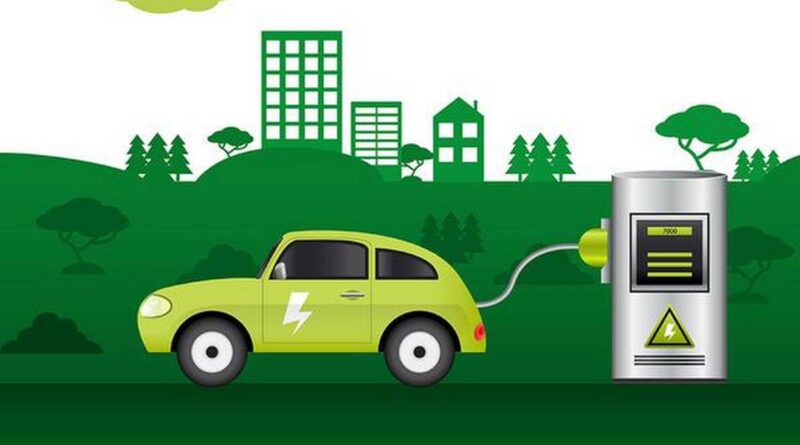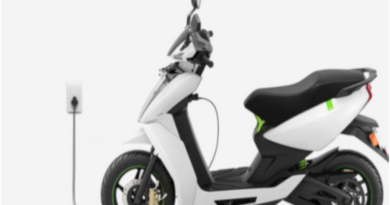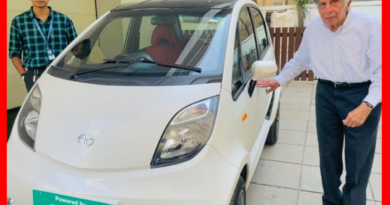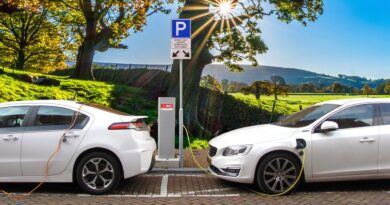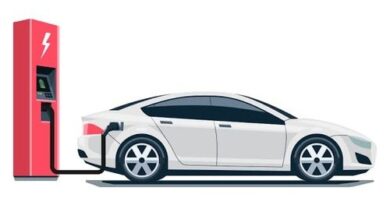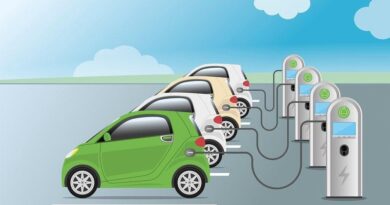Electric vehicles? | What is an EV?
An electric vehicle is also known as an EV. Electric vehicles(EVs) partially or fully work on electric power.
Electric vehicles have very low running costs as compared to Petrol, Diesel, or CNG and very low maintenance as they have fewer parts. Also, electric vehicles are very environmentally friendly due to having no fossil fuels(petrol or diesel).
Some EVs use nickel or lead-acid metal hydride batteries but in the future, they will be replaced by lithium-ion batteries as they have a greater capacity and retaining energy and a very low self-discharge rate of just %% per month.
Despite this increased efficiency, there are still issues with these batteries, since they are susceptible to thermal runaway, which has resulted in fires or explosions in the Tesla Model S, despite attempts to enhance battery safety.
- In EVs charging cost is very low as £7.80 to fully charge.
Mainly there are two types of electric vehicles(Evs).
- Battery Electric Vehicle (BEV)
- Plug-in Hybrid Electric Vehicles(PHEV)
Battery Electric Vehicles(BEV)
A battery-electric vehicle is also known as a pure electric vehicle or fully electric vehicle. It exclusively uses chemical energy with no secondary source of energy.
Battery-powered electric vehicles have 99 percent fewer moving parts than internal combustion engines, requiring less maintenance.
Advantages of BEV:
- Very little noise
- Instead of using fossil fuels, it runs on rechargeable batteries.
- There is no exhaust, no spark plugs, no clutch, and no gears.
BEVs may be charged at home overnight, giving them enough range for most excursions. Longer journeys or ones with many hill climbs, on the other hand, may necessitate charging the fuel cells before arriving at your destination; however, regenerative braking or driving downhill can help lessen this by charging the battery packs.
An electric vehicle’s charging time might range from 30 minutes to more than 12 hours. This is dependent on the charging station’s speed and the battery’s size.
In the real world, the range is one of the most pressing challenges for electric vehicles, but it is one that the industry is working to overcome.
Plug-in Hybrid Electric Vehicles (PHEV)
Rather than relying only on an electric motor, hybrid electric cars combine battery and petrol (or diesel) power. This makes them suitable for long-distance travel since they can switch to regular gasoline instead of charging stations.
Of course, PHEVs have the same disadvantages as gasoline-powered vehicles, including increased maintenance, engine noise, pollution, and the cost of gasoline. In addition, PHEVs have smaller battery packs, resulting in a shorter range.
TWI has played a key role in the development of electric cars, assisting with vehicle light-weighting, joining and welding, and battery combustion mitigation, among other things.

